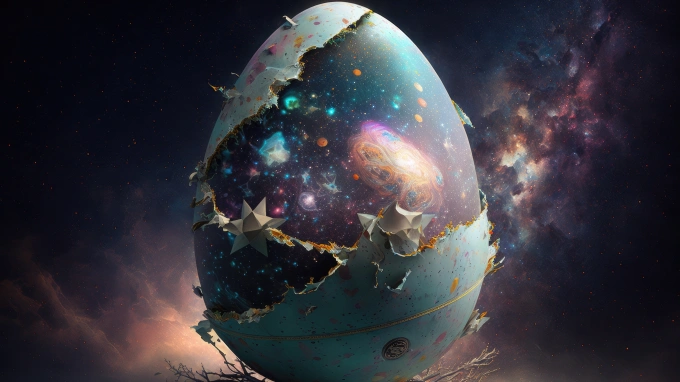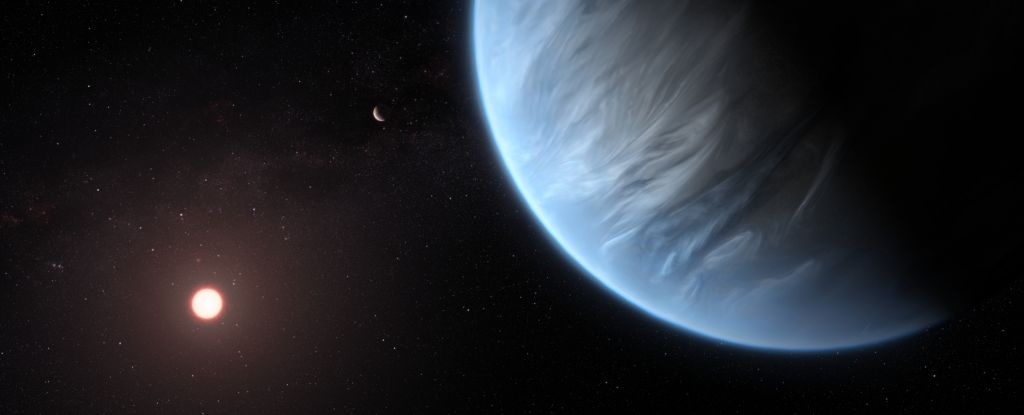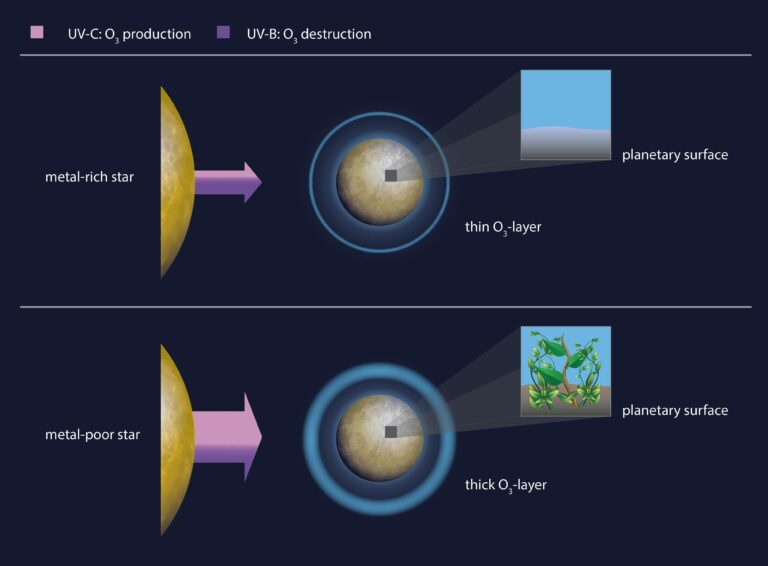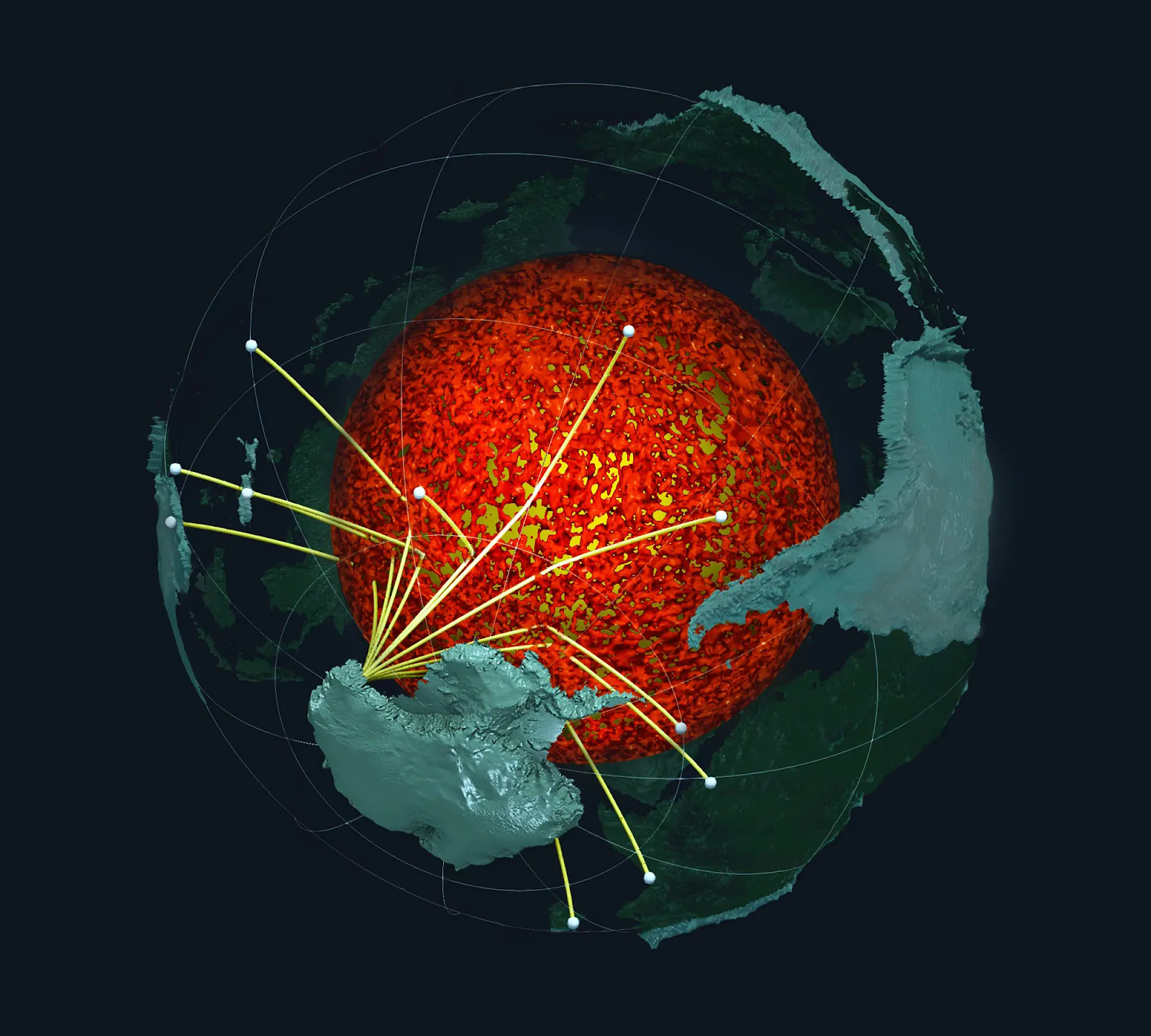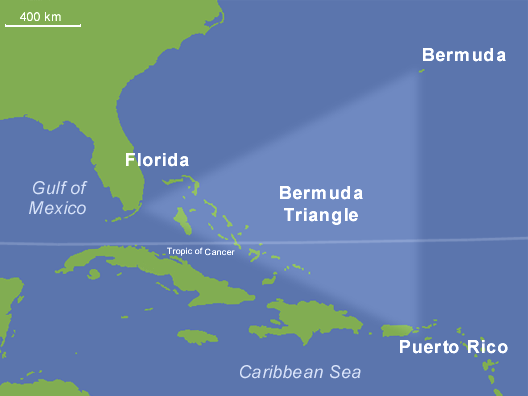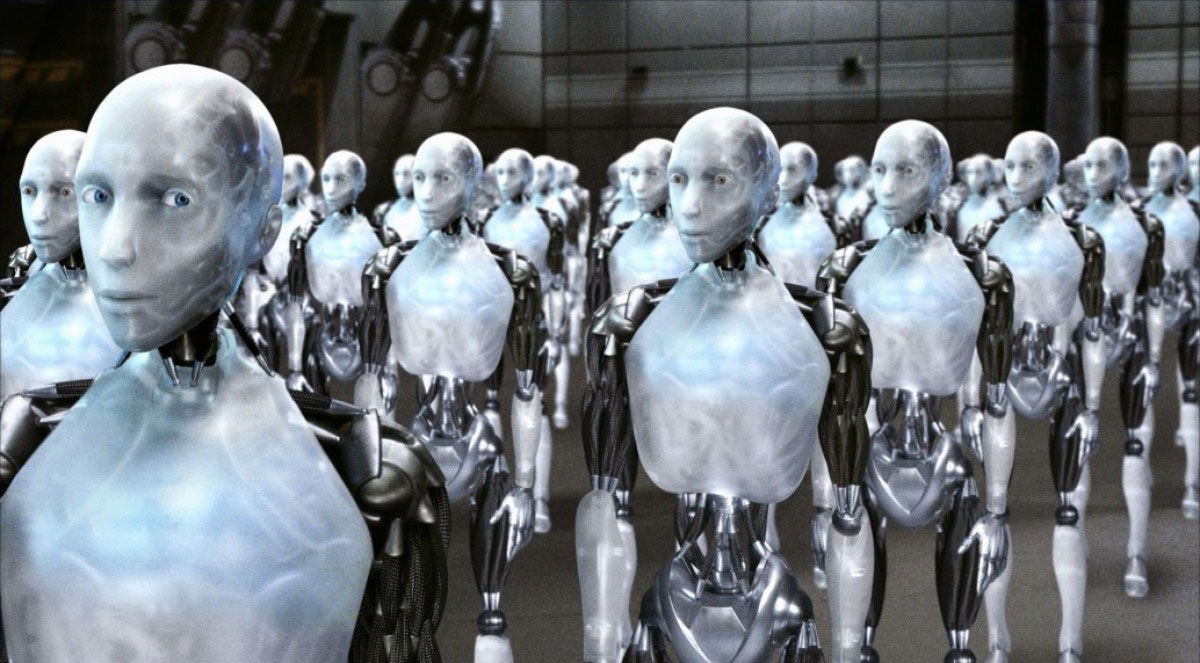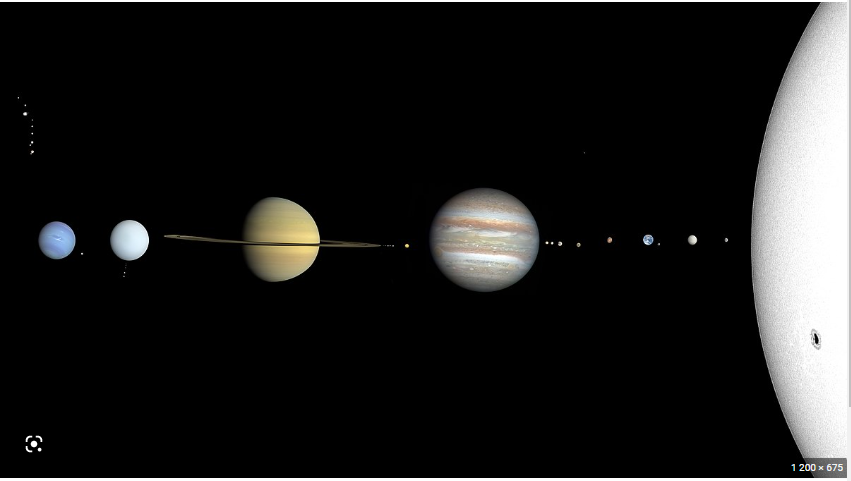A series of FRBs traveled through nearby galaxies. That is between Earth and radio source. And those radio busts skewer those galaxies and help to create a more accurate image of the structures of distant galaxies.
FRBs (Fast Radio Bursts) are interesting things. Especially, if they come from billions of light-years away from Earth and travel through another galaxy. When those radio waves left from some other galaxy on the other side of the universe they are "polluting".
That means things like quantum fields are leaving their fingerprints on the radio spectrum. And that thing makes it possible to make models about things like material distribution in the universe. When those radio waves are traveling through molecular nebulas they make those nebulas send emission radiation.
That radiation makes it possible to create a spectroscopic analysis of those nebulas. The galaxy is one version of giant nebulas, and that radio burst can make it possible for material analysis from great distances. And one of the most interesting things is that material that is analyzed is in another galaxy. The thing is that this material can tell about the forming and aging of galaxies.
"Three new Fast Radio Bursts discovered by the Westerbork telescope were shown to have pierced the halo of our neighboring Triangulum Galaxy. Invisible electrons in that galaxy deform the FRBs. From sharp, new, live images, astronomers could estimate the maximum number of invisible atoms in the Triangulum Galaxy for the first time. Credit: ASTRON/Futselaar/van Leeuwen" (ScitechDaily.com/Cosmic Probes: Astronomers Discover Massively Powerful Fast Radio Bursts That Skewer Nearby Galaxy)
"The oldest star in the universe is HD140283 — or Methuselah, as it's commonly known. This Digitized Sky Survey image, shows Methuselah star, located 190.1 light-years away". (https://www.space.com/Methuselah: The oldest star in the universe)
"Astronomers refined the star's age to about 14.3 billion years (which is older than the universe), plus or minus 800 million years. Image released March 7, 2013". (Image credit: Digitized Sky Survey (DSS), STScI/AURA, Palomar/Caltech, and UKSTU/AAO)" (https://www.space.com/Methuselah: The oldest star in the universe)
The Methuselah is the oldest star in the universe.
Methuselah HD 140283 is a star 190 light years away from Earth. That star seems to have an age of 16 billion years. And that means it seems older than the Universe itself. If Methuselah would be farther and the measurement is created by using redshift, I would claim that Methuselah is in line with the black hole, and that thing creates a powerful virtual redshift.
The astronomers used the measurements where they measured the relations of the heavy elements on that star. The number of heavy elements tells that the star is 16 billion plus-minus (+-)800 million years. There is a possibility that the Methuselah didn't form before the universe. In some models the rapid energy impulses to the star cause situation Where the heavy particles are destroyed faster than they should.
If Methuselah travels across a cosmic void that thing can increase the aging of the star, when it travels through the cosmic vacuum bubble.
In the wildest visions, Methuselah traveled across the cosmic voids like Bötes void. In those bubbles of nothingness, the energy level is minimum. That means the energy travels out from the star faster than usual. Because the difference between the energy level of the star and its environment is higher energy travels faster out from the star.
That thing can cause a similar situation as high temperature causes in Wolf-Rayet Stars. The mass of heavy particles to light particles rises higher. Because Methuselah is a metal-poor star there is no similar magnetic field as metal-rich stars. And in those cases, the major force that keeps the star in its form and then the cosmic void pulls particles and energy away. That thing causes a situation that cosmic void that increases aging.
https://scitechdaily.com/cosmic-probes-astronomers-discover-massively-powerful-fast-radio-bursts-that-skewer-nearby-galaxy/
https://www.space.com/how-can-a-star-be-older-than-the-universe.html
https://en.wikipedia.org/wiki/HD_140283
https://en.wikipedia.org/wiki/Wolf%E2%80%93Rayet_star


